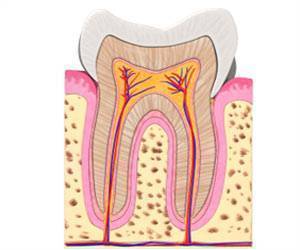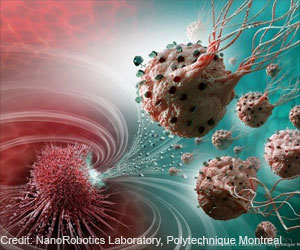Nanovesicles are cell’s natural delivery vehicle, and thereby it can be used to deliver drugs for cancer treatment, finds a new study.

‘Body's propensity to clear materials from the bloodstream if they do not belong in the body. If a nanovesicle is a ligand attached, then the body thinks its one of its own and then the vesicle, and its drug payload, may stay in circulation longer.’





"Currently, natural nanovesicles can be harvested from cell culture supernatant (the fluid surrounding cultured cells), and they are fillable," said Yuan Wan, a postdoctoral fellow in biomedical engineering, Penn State. "However, there are two problems using them for cancer treatment. There aren't enough nanovesicles produced in short timescales, and they do not have targeting effect."The researchers developed an approach and platform to create large amounts of fillable and targeted nanovesicles.
To create targeted nanovesicles, ligands -- perhaps short pieces of protein -- need to be attached to the nanovesicle wall so they can recognize tumor cells. The process for making targeted nanovesicles now requires using viruses to insert relevant DNA fragments into the genome of the donor cells and then collecting ligand-bearing nanovesicles released from the gene-modified cells.
Yuan, working with Si-Yang Zheng, associated professor of biomedical engineering, developed a simpler and faster method for attaching ligands. The researchers chemically graft the lipid-tagged ligands onto the cell membrane. They do this before they pass the cells through a sieve, which converts the cell membranes into millions of vesicles bearing ligands that can be filled with an appropriate drug to target cancer.
"Pushing the cells through a filter is the engineered way to produce lots of nanovesicles," said Zheng.
Advertisement
"This approach enables us to create nanovesicles with different ligands targeting different types of tumors in about 30 minutes to meet actual needs," said Zheng. "With this approach, we also can put different types of ligands on a nanovesicle. We could have one ligand that targets while another ligand says, 'don't eat me.”
Advertisement
The researchers believe that a variety of other cells, including stem cells, T cells -- cells of the immune system -- and other cell types could be modified and used as donor cells for extrusion of nanovesicles.
Source-Eurekalert










